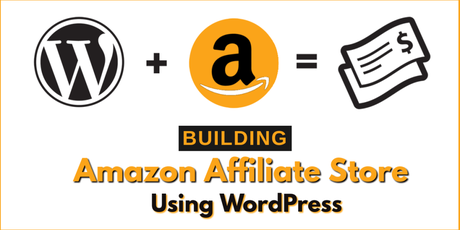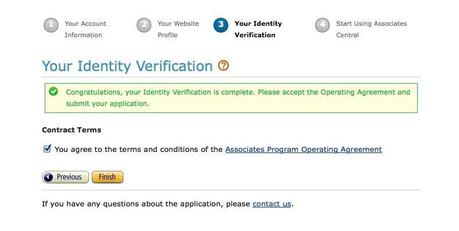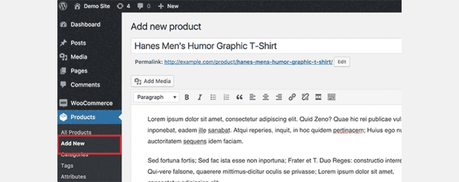
Amazon as an e-Commerce website has established a name for itself on the global scale. Along with it being one of the most popular online shopping platforms, Amazon is preferred by most of the retailers for showcasing and selling their products.
Amazon gives a great opportunity to make money online through its popular affiliate programs. As a seller, you will be able to receive around 10% from every sale that you make. But the million dollar question is how to get started? One of the ideal and the best way is to build an affiliate store that is focussed on selling online products on Amazon.
Below we are going to discuss some of the necessary steps that will act as a quick guide for building an Amazon affiliate store using WordPress. So, let's get started.

The first and the foremost step in setting up your affiliate store is to select a domain name that is short and brandable at the same time. Adding a short filler word at the end of the main keyword phrase is the best way to choose a domain name. Registering for a domain name won't cost you much. A few of the best domain name registrars include GoDaddy and NameCheap. Not only are they the best but they are also one of the cheapest out there. You will be offered with an impromptu support for any of the issues faced by you.

The next thing that you need to do is get a web hosting account. There are quite a few choices which you would come across. However, some of the best ones include HostGator, SiteGround, Bluehost etc. These web hosting services are available at different monthly subscriptions. HostGator will offer you a plan that allows hosting an unlimited number of domains.

Once you have finished setting up your web hosting account next you need to install WordPress on it. The whole process of installing WordPress is an easy and quick process. However, before proceeding with this step you must ensure that the nameservers are propagated fully. This will display a blank page instead of the default parked page of GoDaddy or NameCheap.

After successfully finishing with the successful installation of WordPress you will be required to sign up at Amazon and apply for the affiliate program. For this, all you need to do is visit Amazon's homepage and create an account. You will find a link 'Become an Affiliate' in the footer. Sign up by using your account. On successfully signing up, you will get a personal affiliate id which will be used for recording the sales.

WordPress offers you a few plugins that will enable you to run your Amazon affiliate product store. WooCommerce and WooCommerce Amazon Associates are the two plugins which will do the job for you. The plugins can be installed from the 'Plugins' section from the WordPress admin panel. WooCommerce Amazon Associates plugin will allow to pull products from Amazon and load them into the Amazon affiliate store. The plugin is pretty powerful and can be utilized for all the Amazon affiliate stores.

After successfully setting up your Amazon affiliate store you will have to add some products to the store. Now your focus should be on growing your business. The design for your website will play a crucial role in this. Your store should look like a standard e-commerce store. The product that is showcased on the store should be linked on Amazon.com or to the retailer's site by making use of affiliate tracking.
Summing Up
Setting up an Amazon affiliate store using WordPress is not a cumbersome task. All the steps which have been mentioned above will allow you to have a fully functional Amazon affiliate store. This is one of the most sought-after approaches that is adopted by most of the retailer for earning money online.
Did the steps showcased above enable you in setting up your own Amazon affiliate store? Please let me know about it along with your views about the article in the comments section below.
Auhtor Bio:This article is written by Morris Edwards, a Web Developer by profession and Writer by hobby. He is associated with Awebstar Web Design + SEO Singapore. One of the best WordPress Website Development Companies in Singapore. He likes to stay updated with the latest tech advancements and also loves to contribute to the same.


More Related Blog Posts For You
